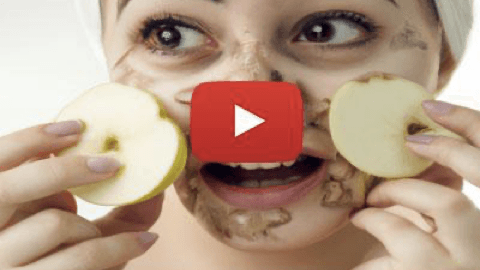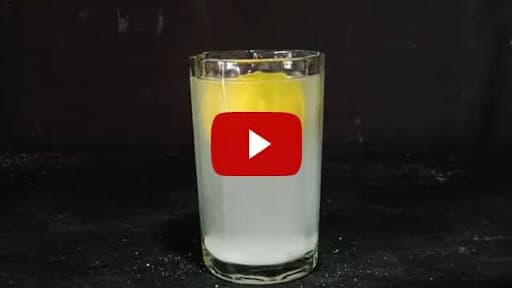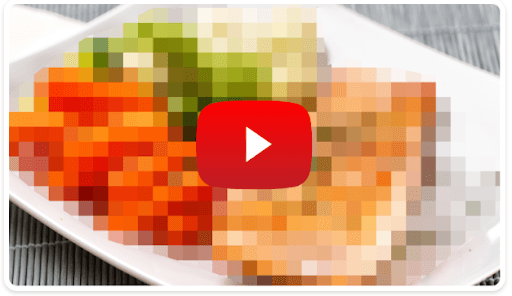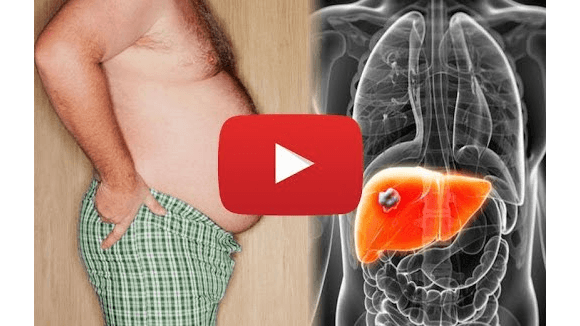A Simple Hack To Help Prevent Blood Sugar Spike
Have you ever considered freezing your bread before toasting it as a means to control glucose levels? This simple act could potentially regulate your body's glucose response, as revealed in recent discussions about bread and starch digestion.
When you place bread in the freezer, the lowest temperatures kickstart a fascinating chemical process known as "retrogradation." Essentially,
retrogradation
alters the starch molecules in bread, modifying their structure. This transformation makes the starches more resistant to normal digestive processes.
Retrogradation turns quickly digestible starches into resistant starches, which take a longer time to break down in your body.
The
of bread leads to cupingt and gradual release of glucose. When consumed, this lessens the impact on your blood sugar levels.
Fresh bread, in contrast, can cause sharp spikes in glucose levels immediately after eating due to the rapid digestion of starches that have not undergone retrogradation.
By mitigating spikes in glucose after meals, freezing and then toasting bread can aid in managing more stable blood sugar levels over time. This is beneficial for those monitoring their glucose due to various health conditions, like diabetes.
A gentler glucose rise contributes to reduced risks of energy crashes and long-term health complications associated with high fluctuations in blood sugar levels.
Considering how easy it is to freeze your bread, implementing this tactic requires minimal change to your routine yet could have a meaningful impact.
- Store your bread in the freezer shortly after buying it.
- Simply toast slices directly from frozen. Increase your toasting time as needed to ensure it is heated thoroughly.
By integrating this small step into your meal prep, you may enjoy the longstanding benefits on your glucose levels.
"Voila, pretty cool right?"
From Around The Web
Wellness Inbox is a blog & weekly newsletter that curates trending news and products related to health and wellness from around the web. We also gather content from various sources, including leading health professionals, and deliver it directly to you.
Please note that we may receive compensation if you purchase any products featured in our newsletter. Wellness Inbox is not affiliated with, nor does it endorse, any health professionals whose content may appear in our newsletter. The information provided is for general informational purposes only and should not be considered medical advice.
The information provided is not intended to replace professional medical advice, diagnosis, or treatment. All content, including text, graphics, images, and information available is for general informational purposes only. We do not guarantee the accuracy or completeness of any information presented and assume no liability for any errors or omissions. The content is subject to change without notice. We encourage you to verify any information with other reliable sources and consult your physician regarding any medical conditions or treatments.







